Home
/
Our Partners
/
Moosehorn NWR
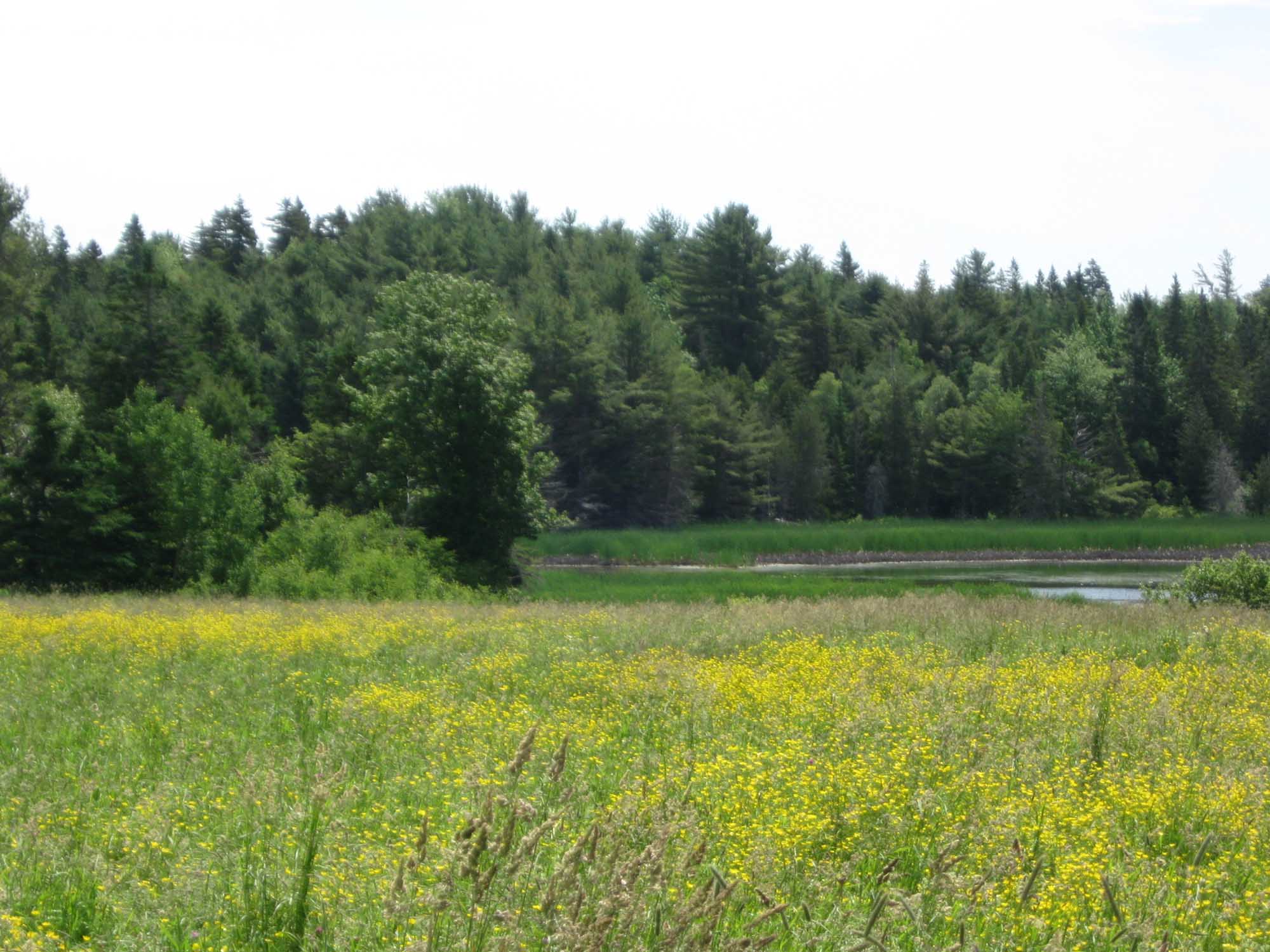
National Wildlife Refuges
Moosehorn NWR
Moosehorn National Wildlife Refuge, located in the Downeast region of Maine, was established in 1937 to protect and provide habitat for American woodcock and other migratory birds, endangered species, and other wildlife. The refuge is divided into two divisions, Baring (20,277 ac) and Edmunds (8,871 ac), and contains a myriad of habitat types, from rocky shores along Cobscook Bay to Northern hardwood and boreal forests. Moosehorn is recognized for being the only refuge in the system that has put most of its efforts into research and management for the American woodcock, a species of high conservation concern, by maintaining a mosaic of young even-aged forest stands, creating a multi-aged forested landscape.
Maine is home to many iconic plants and animals such as moose, loons, puffins, lobsters, clams, Atlantic cod, balsam spruce, fir, white pine, and more. Changing climates will influence all of these organisms in one way or another. When oceans increase in temperature, for example, they also take up more CO2 (carbon dioxide). More carbon dioxide makes the oceans more acidic and increased acidity is not so good for shellfish like lobsters, clams, and mussels. Lobsters that experience increased acidification, for example, generally create softer shells or change their shell shedding time and both of these things may make them more susceptible to diseases. Warmer ocean waters may also provide better habitat for pests and pathogens that typically die out over the cold winter months, increasing the types of diseases the lobsters could be susceptible to. Atlantic cod are also expected to be negatively impacted with warmer waters. Their distributions are expected to become more restricted and the populations are expected to decline in the Gulf of Maine by 2100. Land based organisms are not immune to a changing climate either. Balsam fir and spruce forests in Maine may give way to more deciduous tree-dominated forests such as red maples. Chestnut oaks may also expand their range throughout the state. Wildlife populations, such as those of lynx and marten, are expected to decrease with decreasing snowpack, while other species, such as Virginia opossums, are expected to expand their range.There is concern that exotic and some invasive species will become more noticeable in Maine with a warming climate. Hemlock wooly adelgid, Asiatic clam, large-mouth bass, and Asian shore crab are just some of the species Maine residents will need to watch for. Incorporating climate change preparation into current planning processes like the State Wildlife Action Plan will help prepare Maine for the changes to come. Land managers with Moosehorn National Wildlife Refuge will also need to stay alert to the changes in the plant and animal populations they manage. As populations shift and change, the management strategies used by the staff will need to adapt as well.
Plants to Monitor
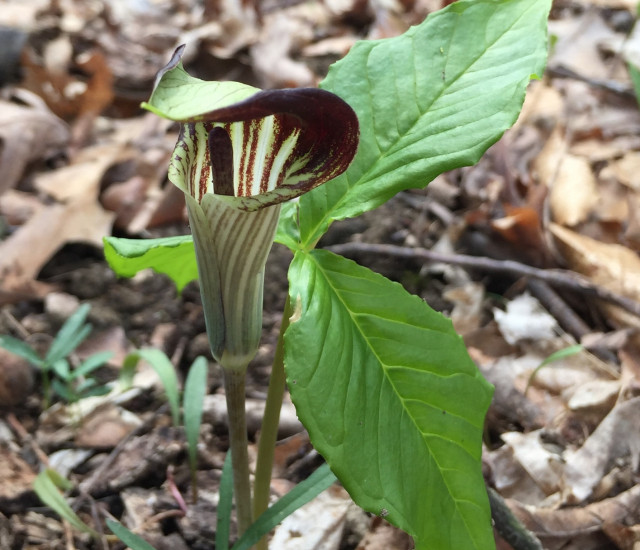
Jack-in-the-pulpit
Arisaema triphyllum
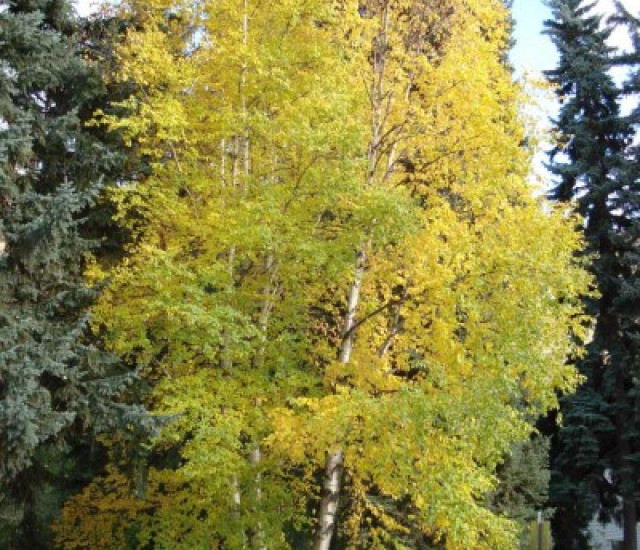
paper birch
Betula papyrifera
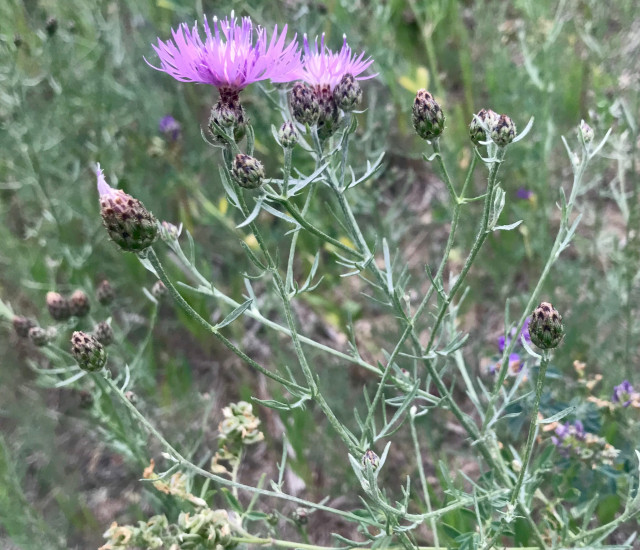
Spotted knapweed
Centaurea stoebe
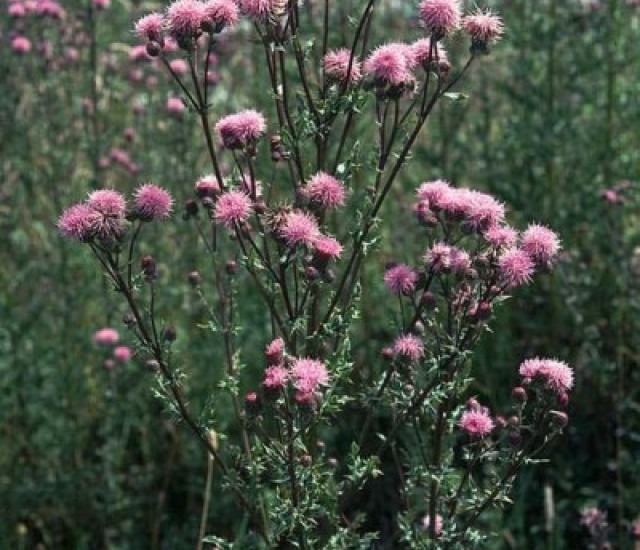
creeping thistle
Cirsium arvense
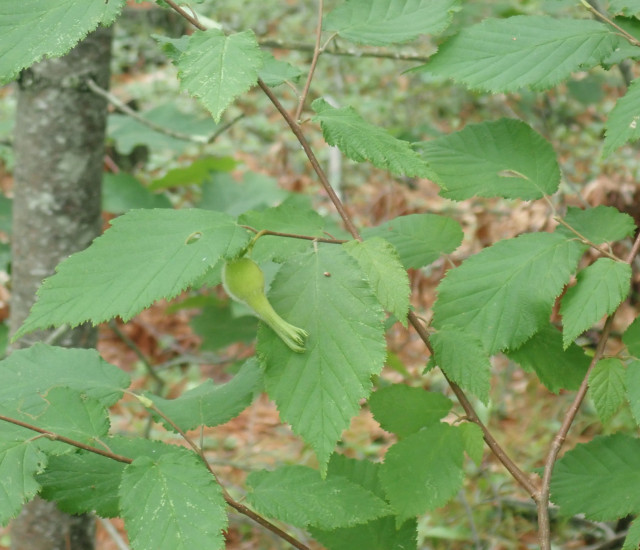
Beaked hazelnut
Corylus cornuta
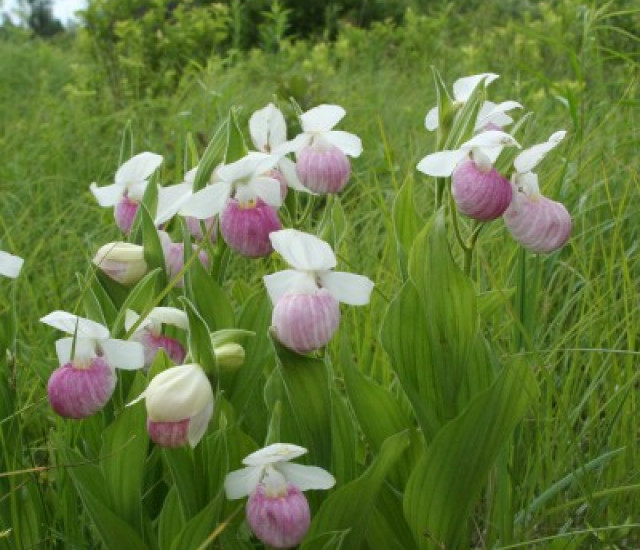
Showy lady's slipper
Cypripedium reginae
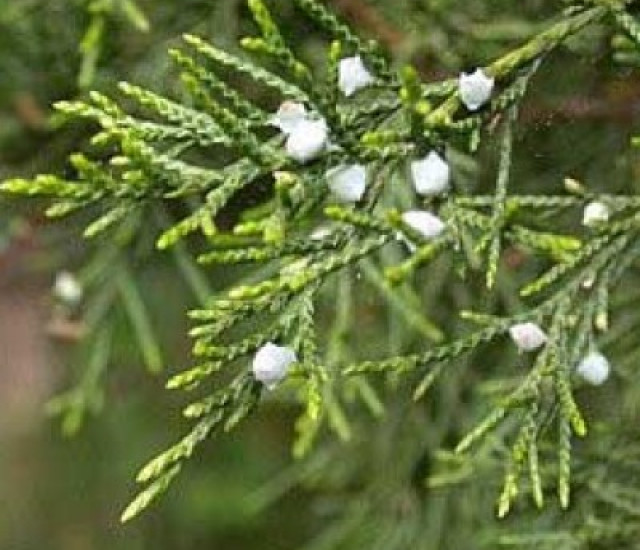
Eastern redcedar
Juniperus virginiana
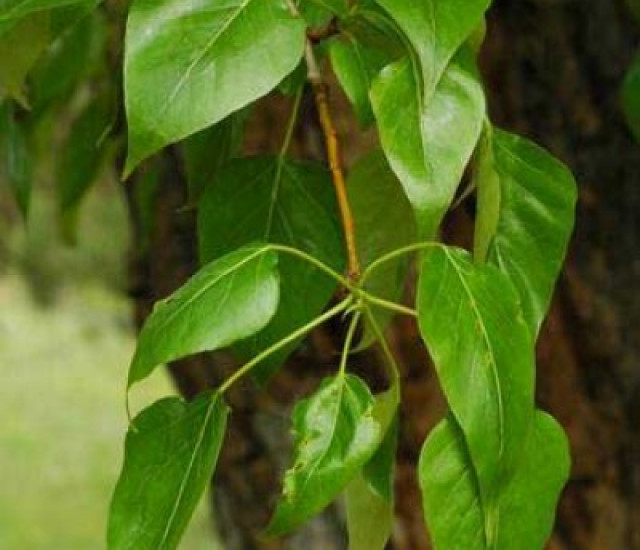
Balsam poplar
Populus balsamifera
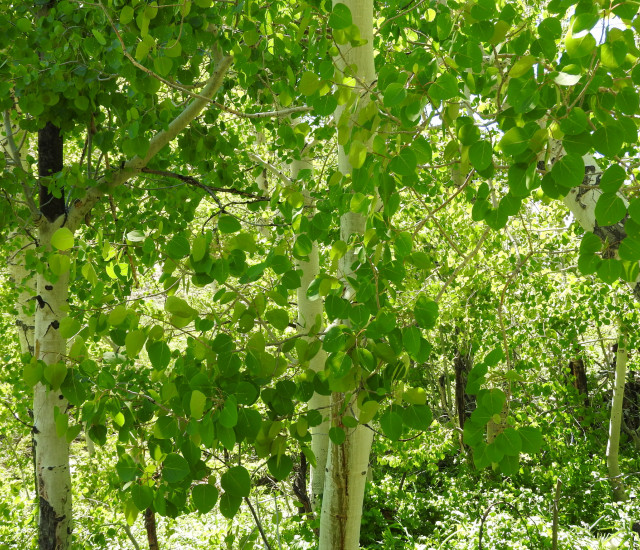
trembling aspen
Populus tremuloides
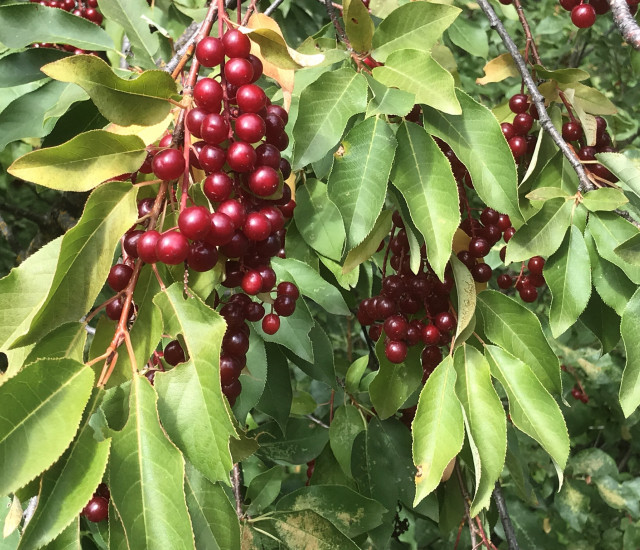
chokecherry
Prunus virginiana
See Menu
- 2021 Chicago Botanic Garden. All Rights Reserved.
-
Creative Commons
BY-NC-SA 4.0 - Terms of Use
- Privacy Policy
- Data Sharing and Citation Policies
- 2021 Chicago Botanic Garden. All Rights Reserved.


